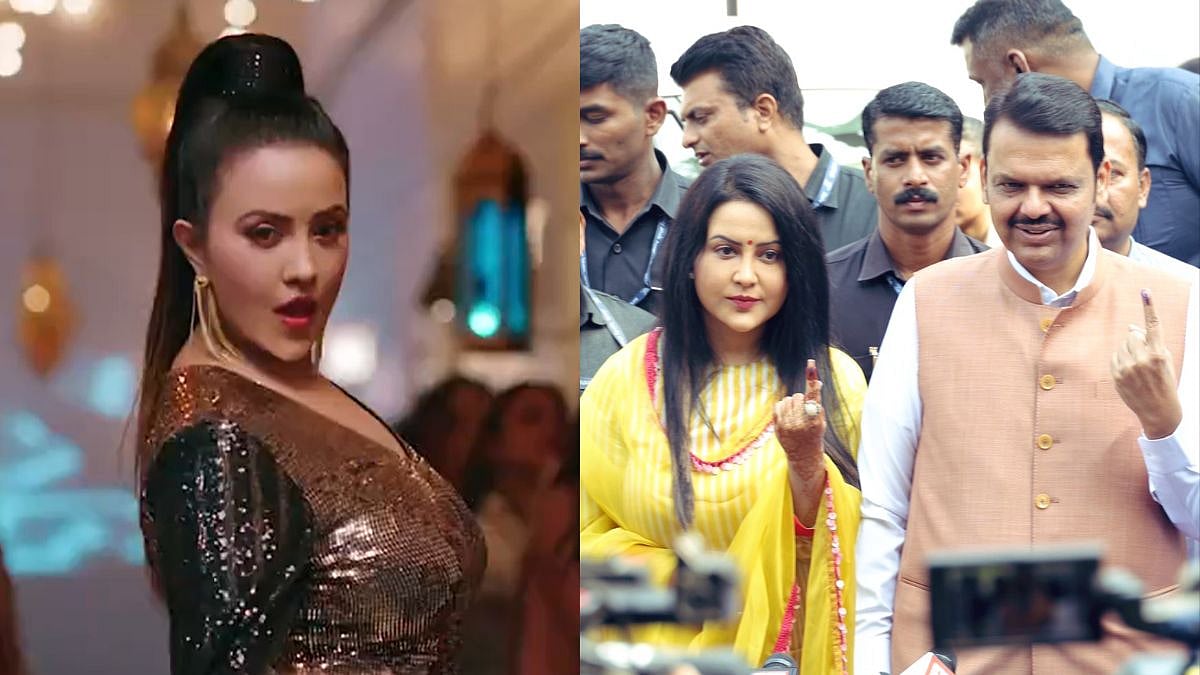Mumbai: In the recent Maharashtra Assembly elections, the Anushakti Nagar constituency in Mumbai recorded the highest percentage of None of the Above (NOTA) votes in the city at 2.66%. This accounted for 3,884 votes out of the 269,069 registered voters, with a turnout of 54.04%. Interestingly, Sana Shaikh, the Nationalist Congress Party (NCP) candidate and daughter of former minister Nawab Malik, won the seat by a margin of 3,378 votes, less than the number of NOTA votes cast in the constituency.
In contrast, the Mankhurd-Shivaji Nagar constituency saw the lowest percentage of NOTA votes in Mumbai, at just 0.69% (1,213 votes). Here, Abu Asim Azmi of the Samajwadi Party defeated rivals Ateeque Khan (AIMIM), Suresh Patil (Shiv Sena) and Nawab Malik (NCP).
Decline In NOTA Votes
Overall, Mumbai recorded 73,475 NOTA votes, representing 1.29% of the total 5,699,681 votes cast. This marks a significant decrease compared to the 2019 elections, where 1,42,009 voters, or 2.87% of the electorate, chose NOTA out of 49,31,020 votes.
Across Mumbai's Lok Sabha constituencies, Mumbai North registered the highest number of NOTA votes at 14,629, followed by Mumbai North East (12,268), Mumbai South Central (12,813), Mumbai North West (11,688), Mumbai North Central (11,353), and Mumbai South (10,724).
Statewide, Maharashtra saw 461,886 voters, or 0.72% of the total electorate, opting for NOTA. This reflects a sharp decline from the 2019 assembly elections, where 742,134 people (1.3%) pressed the NOTA button.
Implications Of NOTA
As per the Election Commission of India, NOTA votes are considered invalid even if they outnumber votes for any candidate. The candidate with the second-highest number of votes is declared the winner in such cases. While NOTA allows voters to express dissatisfaction with all candidates, it does not mandate re-elections or disqualify candidates.
A petition currently under consideration by the Supreme Court seeks to establish guidelines for situations where NOTA secures the majority of votes. Proposed measures include the possibility of nullifying elections and holding fresh polls.









